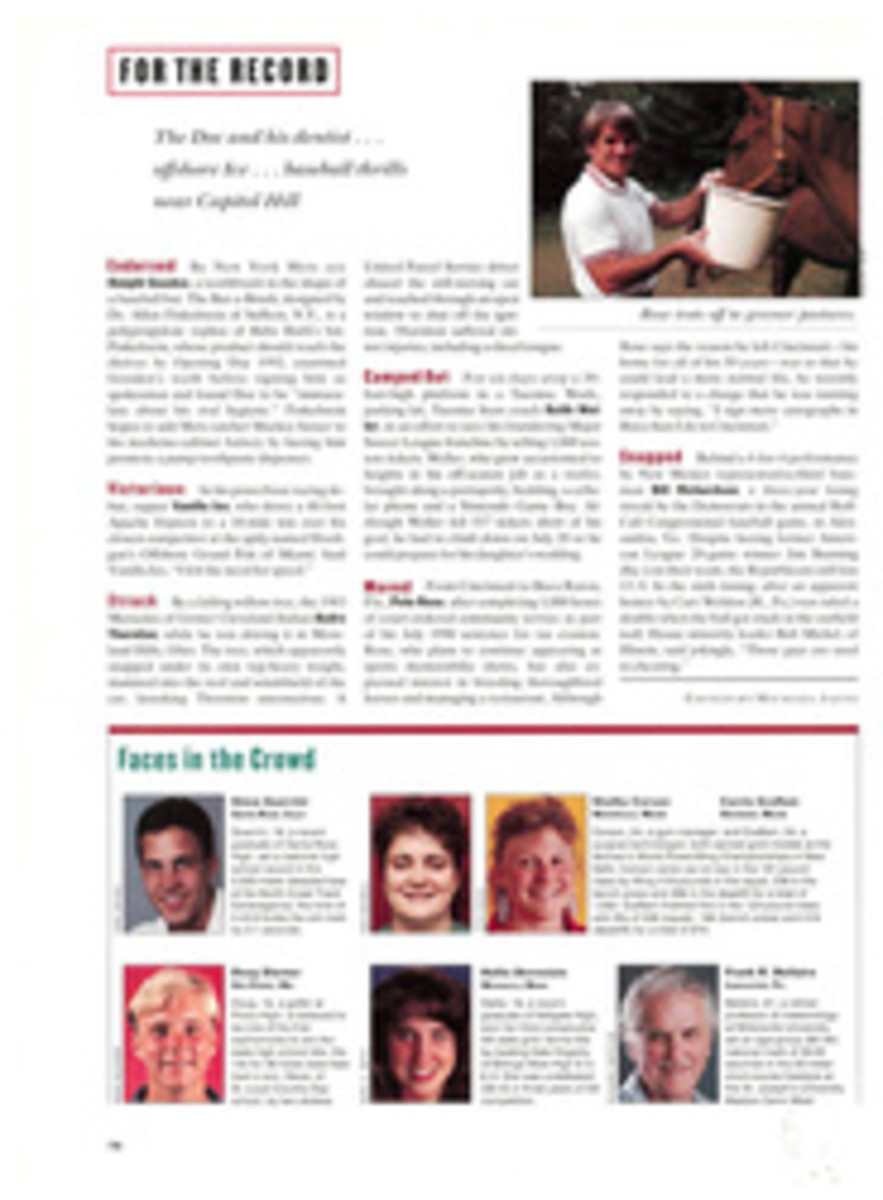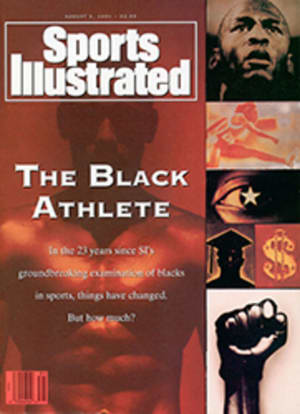
FROM THE EDITOR
In the history of sport, few images have been as riveting as that of Tommie Smith and John Carlos on the award platform after the 200-meter dash at the 1968 Olympics in Mexico City. Their heads bowed and their black-gloved fists raised in silent protest, the two black sprinters hoped to remind America that all was not well, that the country's lofty promise of equality rang hollow in the black community.
Senior writer Kenny Moore could not have been much closer to the action in Mexico City. Moore, who finished 14th in the 1968 Olympic marathon, was one of Smith's roommates in the Olympic Village. Recently, while researching a story on world track and field records from those Olympics, he called his old friend and found a story waiting to be told. "The floodgates opened, and Tommie's memories came cascading back," says Moore. The result of that conversation, and many subsequent ones, is A Courageous Stand, an account of Smith's and Carlos's motives for the protest and the aftermath of their action. The story begins on page 60 and will conclude in next week's issue.
Moore's piece is one of the highlights of a multipart series on the black athlete that begins in this issue. The same year that Smith and Carlos made their historic gesture, SI published a highly praised five-part series, The Black Athlete—A Shameful Story. It challenged the smug assumption that the world of sport was in the vanguard of the movement for racial equality. Was that world really the model of racial tolerance and equality it prided itself on being, or were black athletes slaves by another name?
Twenty-three years later, senior editors Sandy Padwe and Roy S. Johnson have assembled an update of that series. "I find race one of the most perplexing questions about American sport," says Padwe, who can recall writing in support of Smith and Carlos as a columnist for The Philadelphia Inquirer in 1968. He and Johnson have had a long professional relationship, dating to 1979, when Johnson was SI's pro basketball reporter and Padwe was his editor. They also worked together at The New York Times for four years in the early 1980s.
Johnson has gotten to know some renowned black athletes very well; he wrote an "autobiography" of Magic Johnson, which came out two years ago, and has written another, of Charles Barkley, Outrageous', to be published in January. He has also been active in the National Association of Black Journalists (NABJ), which seeks to promote the hiring and advancement of minorities in the media.
Both Padwe and Johnson were struck by how many of the questions asked in the earlier series still needed to be addressed today. Despite high salaries and a smattering of blacks in management positions in pro sports, "black athletes still feel that they're on the outside looking in," says Johnson. "They're gladiators—highly paid gladiators, I'll allow—but they are still denied access to power."
Says Padwe, "Have things gotten better? I'm not so sure. Let the readers decide."
PHOTO
JEFFREY LOWE
Padwe (left) and Johnson: Looking for answers.

